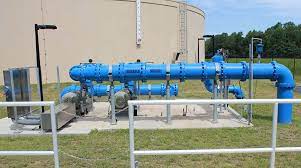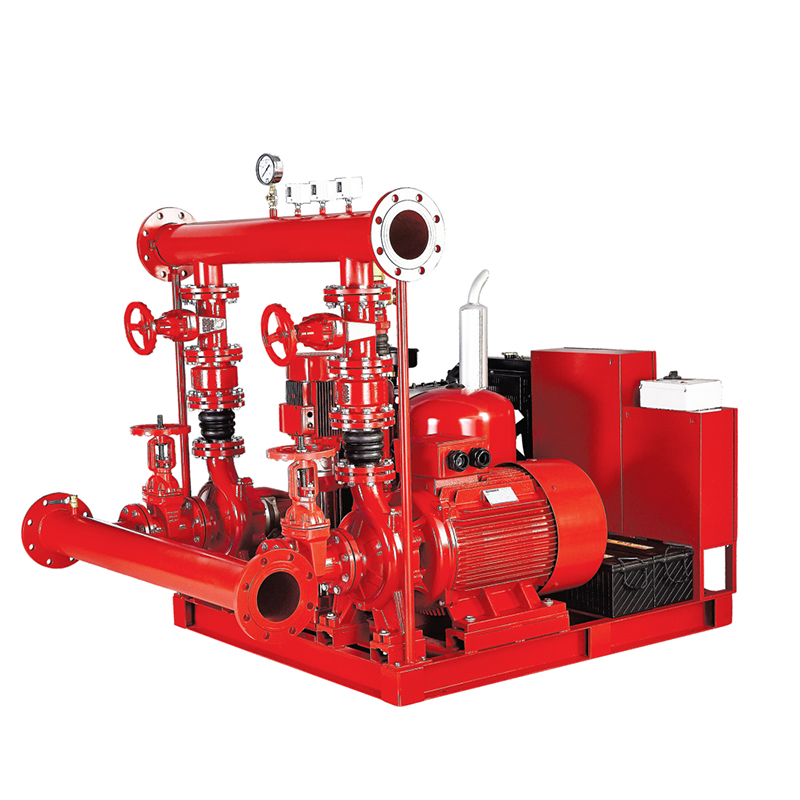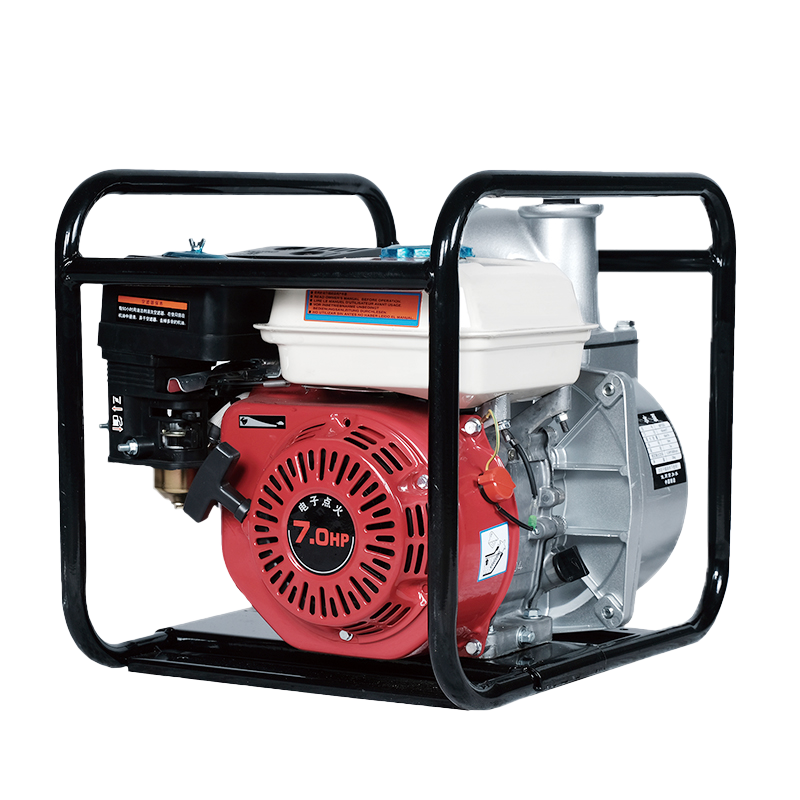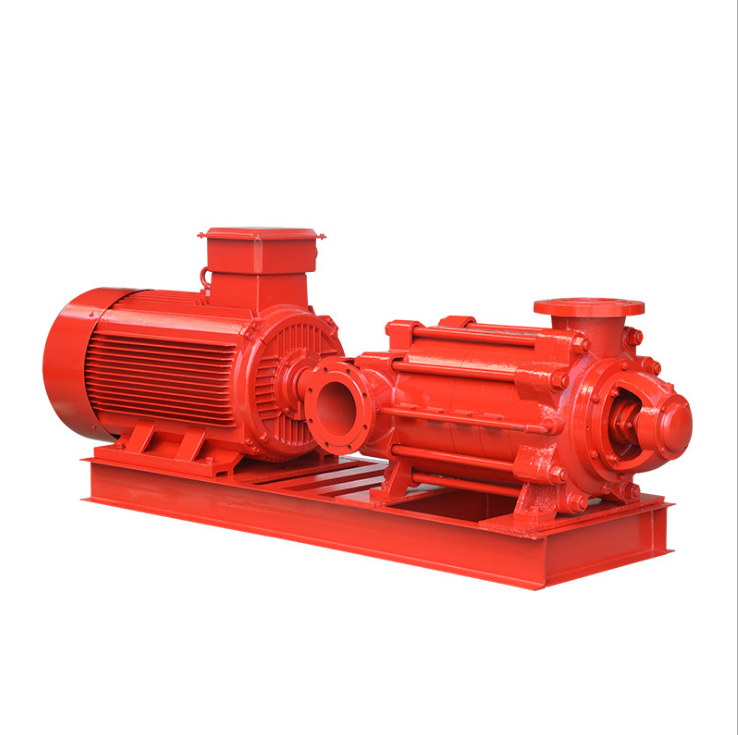When it comes to wastewater management, having the right sewage pump is crucial for efficient and trouble-free operation. Whether for residential, commercial, or industrial use, sewage pumps are designed to handle solid-laden fluids and prevent system clogs and backups.
What Is a Sewage Pump?
A sewage pump is a type of centrifugal pump specifically designed to transport wastewater and sewage from one place to another, usually from a lower to a higher elevation or to a treatment facility. Unlike clear water pumps, sewage pumps are built to handle solids, debris, and thick fluids without clogging.
These pumps are essential in applications where gravity flow isn’t possible, making them a common feature in basements, septic systems, municipal sewage plants, and industrial sites.
Types of Sewage Pumps
Submersible Sewage Pumps
Designed to operate fully submerged in water, these pumps are sealed to prevent liquid from entering the motor. They are quiet, efficient, and ideal for residential and light commercial applications.
Pedestal Sewage Pumps
Also known as dry-mounted pumps, these have the motor located above the sump basin. They are easier to service but are generally used where the water level is not too high.
Grinder Pumps
These pumps feature cutting blades that grind solid waste into smaller particles before pumping, reducing the risk of blockages. They are often used in pressure sewer systems.
Effluent Pumps
Suitable for moving greywater or lightly contaminated water from sinks, washing machines, or septic tanks. They can handle small solids but are not designed for raw sewage.
Key Features to Look for in a Sewage Pump
Solids Handling Ability:
Check the solid size the pump can pass (e.g., 2 inches).
Durability:
Look for corrosion-resistant materials such as cast iron, stainless steel, or thermoplastic.
Automatic Operation:
Choose pumps with float switches for hands-free activation.
Head Pressure and Flow Rate:
Ensure the pump can achieve the required lift (vertical head) and flow rate (GPM).
Energy Efficiency:
Select models with high energy ratings to reduce long-term operating costs.
Common Applications of Sewage Pumps
Residential: Sump pits, basement drainage, septic systems.
Commercial: Apartment buildings, hotels, restaurants, and hospitals.
Municipal: Wastewater treatment plants, sewage lifting stations.
Industrial: Factories, slaughterhouses, mining operations.
How to Choose the Right Sewage Pump
Selecting the sewage pump depends on several factors:
Type of Wastewater: Determine whether you’re handling raw sewage, greywater, or stormwater.
Solids Content: Choose a pump that can handle the expected solid size.
Installation Environment: Decide between submersible and pedestal models based on space and accessibility.
Power Supply: Ensure compatibility with your electrical system.
Maintenance Requirements: Opt for pumps that are easy to inspect and service.
A reliable sewage pump is essential for effective wastewater management. Understanding the different types, features, and applications will help you select a pump that ensures smooth and efficient operation.
 English
English عربى
عربى
 Fire Pump and System
Fire Pump and System Split Case Pump
Split Case Pump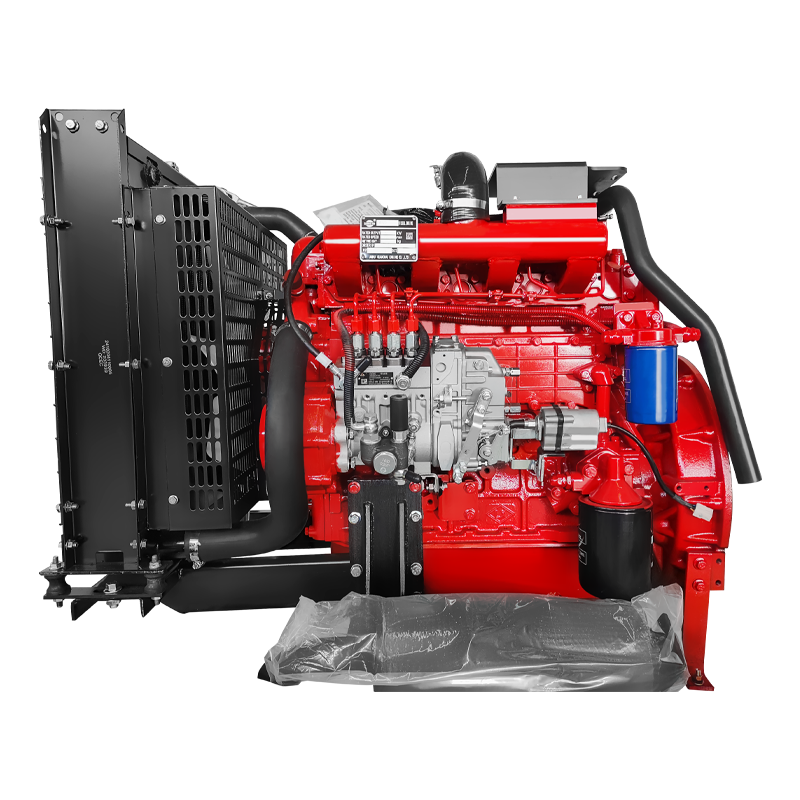 Engine and Pump
Engine and Pump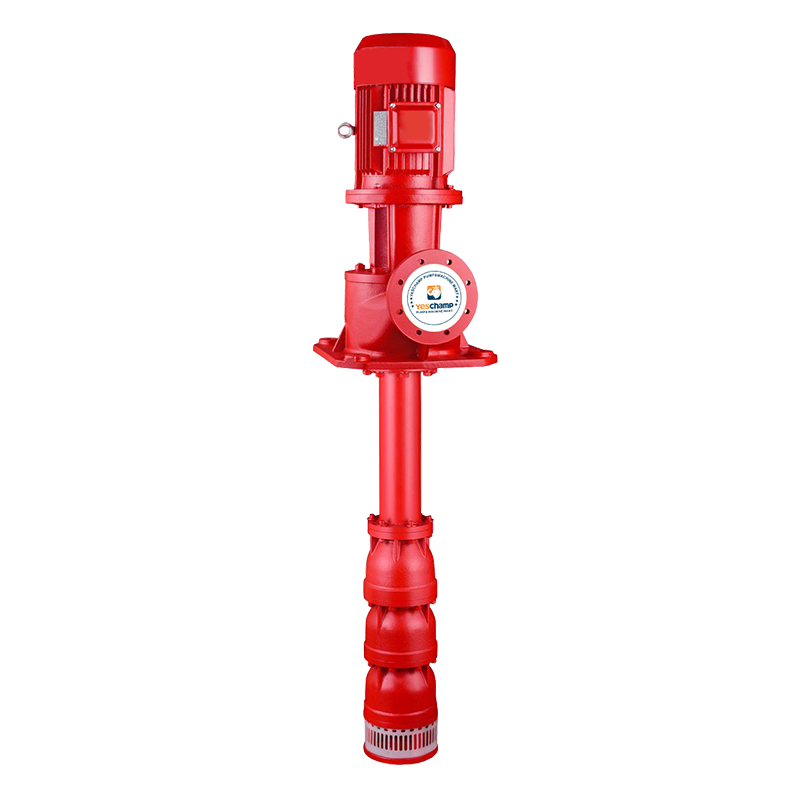 Long Shaft Pump
Long Shaft Pump Multistage pump
Multistage pump Water Supplier System
Water Supplier System Sewage Pump
Sewage Pump Industrial Pump
Industrial Pump Self-Priming Pump
Self-Priming Pump Inline Pump
Inline Pump Domestic Pump
Domestic Pump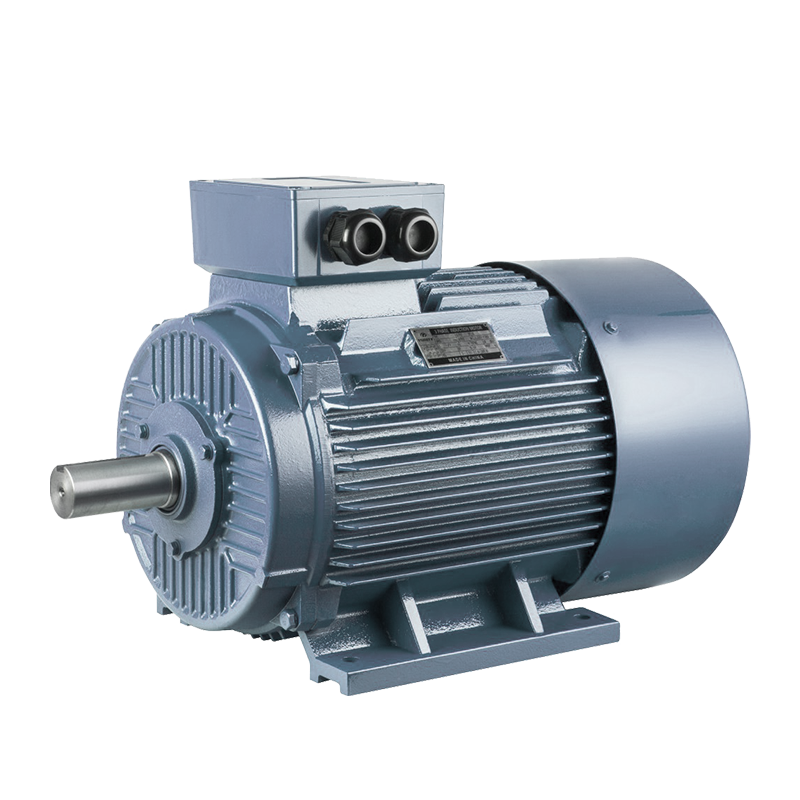 Electric Motor
Electric Motor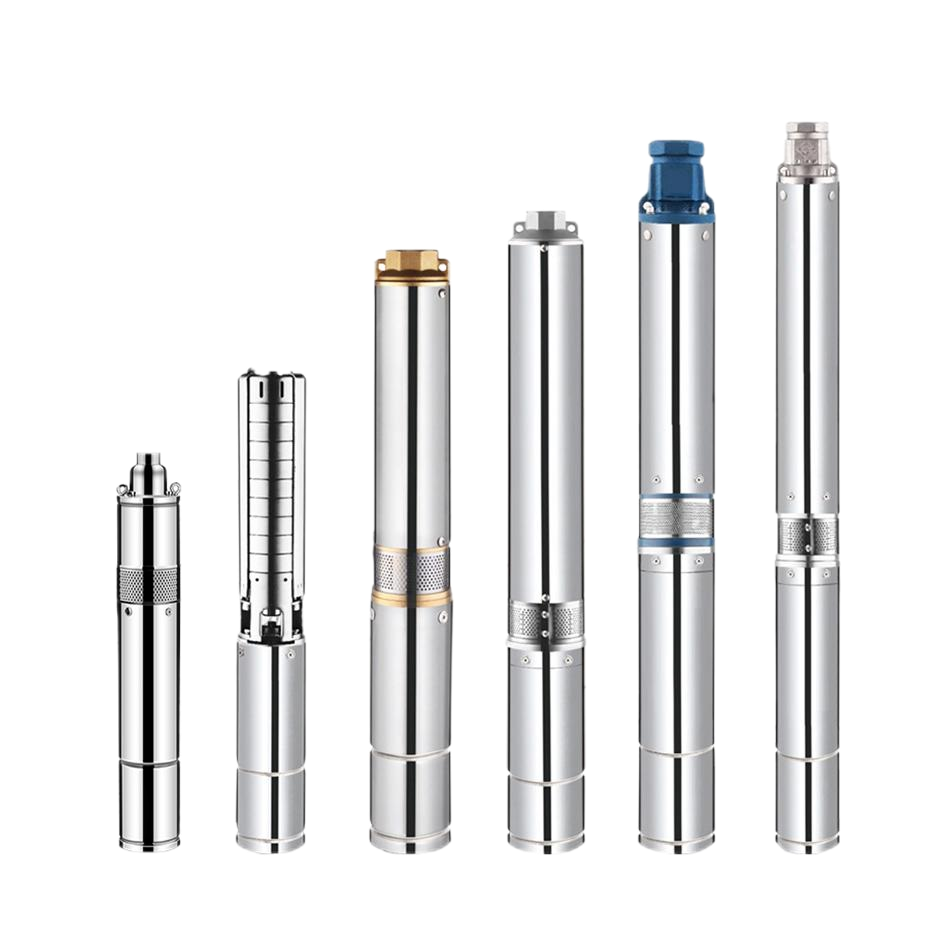 Borehole Pump
Borehole Pump